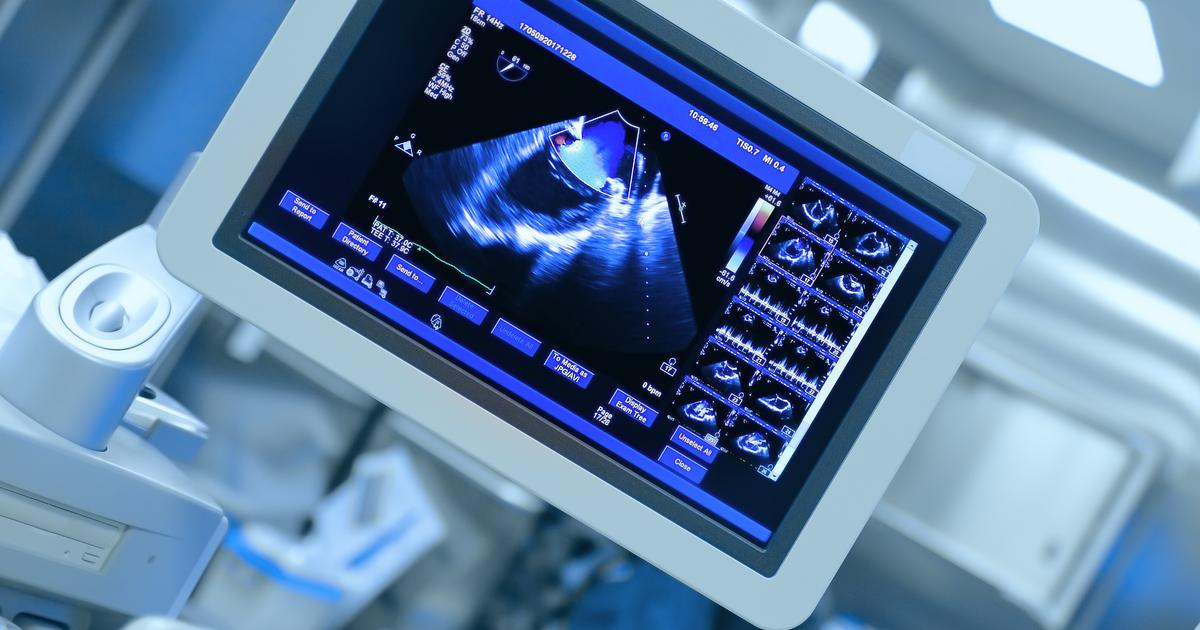Strategies For Treating Tricuspid Atresia
Tricuspid atresia is a form of congenital heart disease where the heart has an abnormally developed or missing tricuspid valve. In healthy individuals, blood flows into the heart's right atrium through the tricuspid valve, into the right ventricle, then from the right ventricle to the lungs for oxygen, and then into the left atrium. The oxygenated blood then flows into the left ventricle where it is pumped out of the heart and around the body. However, blood in tricuspid atresia patients flows into the right atrium and through a hole into the left atrium rather than through the tricuspid valve. Affected individuals receive some oxygenated blood through a hole between the right and left ventricles or via a ductus arteriosus connecting the pulmonary artery to the aorta. The oxygen-poor blood that never reaches the lungs mixes with oxygenated blood before being pumped throughout the body.
Treatment for tricuspid atresia involves a series of corrective surgical procedures. Learn more about this now.
Implant A Shunt

It may be necessary for a surgeon to implant a shunt or a bypass from the right subclavian artery or the first artery that branches off of the aorta to the pulmonary artery in infants with tricuspid atresia. This procedure is performed when the infant's oxygen levels urgently need to be brought up. A shunting procedure improves the infant's blood flow from the heart to the lungs. Once the shunt is in place, some of the blood that flows through the infant's aorta towards the rest of the body can pass through this new connection into the pulmonary artery. Once in the pulmonary artery, the blood will pick up oxygen from the lungs and then it returns to the heart. While this new mechanism helps the overall oxygen level circumstances, it does not stop some of the oxygen-poor blood from moving out of the right atrium and into the left atrium and combining with the oxygen-rich blood. This bypass is usually implanted during the first couple weeks of the baby's life. This shunt allows the infant to remain relatively stable for several months, but eventually, the infant will outgrow the shunt and require another surgical procedure to continue treatment.
Get the details on the next option for treating tricuspid atresia now.
Glenn Operation

The Glenn operation is usually the second procedure performed on an infant affected by tricuspid atresia. The procedure may be performed on the patient when they are anywhere between four and twelve months old. This procedure replaces the first shunt with a different and more effective connection arrangement. During the Glenn procedure, the old shunt is removed, and the large vein that carries oxygen-poor blood from the arms and head to the heart or the superior vena cava is attached to the right pulmonary artery. This connection allows blood to flow from the arms and the head directly into the lungs to pick up oxygen. While this new connection arrangement further improves the infant's overall oxygen level, there is still oxygen-poor blood flowing from the lower body into the left chambers in the heart containing oxygen-rich blood. This mechanism means less oxygen-poor blood is mixing with oxygenated blood overall, but it does not entirely resolve the infant's tricuspid atresia. This procedure does, however, make some of the new connections needed to carry out the final surgical procedure that stops all oxygen-poor and oxygen-rich mixing.
Uncover more ways to treat tricuspid atresia now.
Atrial Septostomy

An infant born with tricuspid atresia may have a tricuspid valve that is nonexistent or completely sealed and too small of a patent foramen ovale or hole between the right and left atrium. An atrial septostomy is used to expand this hole to allow a better flow of blood from the right atrium to the left atrium. This objective is often accomplished using a catheter and a balloon in a Rashkind balloon atrial septostomy. During this procedure, a balloon on the end of a catheter is passed into the patient's body through a large vein and maneuvered to the right atrium of the heart. From the right atrium, the catheter is threaded into the left atrium through the small patent foramen ovale. Once in the left atrium, the balloon is inflated. The balloon and catheter are pulled back sharply into the right atrium from the left atrium causing the patent foramen ovale to become larger. The catheter and balloon are then removed to allow for better blood flow from the right to the left atrium.
Continue reading to reveal more tricuspid atresia treatment options now.
Specific Medication

Specific medication may be administered intravenously to an affected infant to help treat their tricuspid atresia heart defect. In healthy babies, the ductus arteriosus is a blood vessel that makes a connection between the main pulmonary artery or artery leading from the heart to the lungs to the descending aorta. This blood vessel allows the blood in the right ventricle to skip a trip through the fluid-filled lungs while the baby is still in utero. This connection normally closes a short time after the baby is born. However, infants born with tricuspid atresia may need that blood vessel to stay open because it can help reduce the implications of their heart defect. A medication called prostaglandin E1 or PGE1 can be used to open the ductus arteriosus and keep it that way temporarily until a stent can be implanted to replace the connection. Other specific medication may be given in combination with other treatment methods to help the infant's lung and heart function more effectively.
Learn more about treating tricuspid atresia now.
Pulmonary Artery Band Placement

In some cases of tricuspid atresia, the infant's lungs become overwhelmed with an abnormally high volume of blood flow. This may happen when there is a ventricular septal defect present along with the tricuspid atresia. This arrangement means oxygen-poor blood would flow into the right atrium, through the abnormal hole, and into the left atrium. From there the blood moves into the left ventricle, and then into the right ventricle where it is pumped into the lungs. When the blood returns from the lungs, it flows back into the left atrium and through the left ventricle. From there, the blood either exits the heart via the aorta, or it flows through the hole into the right ventricle and begins the cycle all over again. This abnormal flow sends more blood to the lungs than to the rest of the body where it should be going. In order to stop the high volumes of blood from entering and damaging the fragile vascular arrangement of the lungs, a pulmonary artery band placement may be performed. During this procedure, a band is placed around the main pulmonary artery, and this will reduce the high volume of blood flow into the branching pulmonary arteries.
